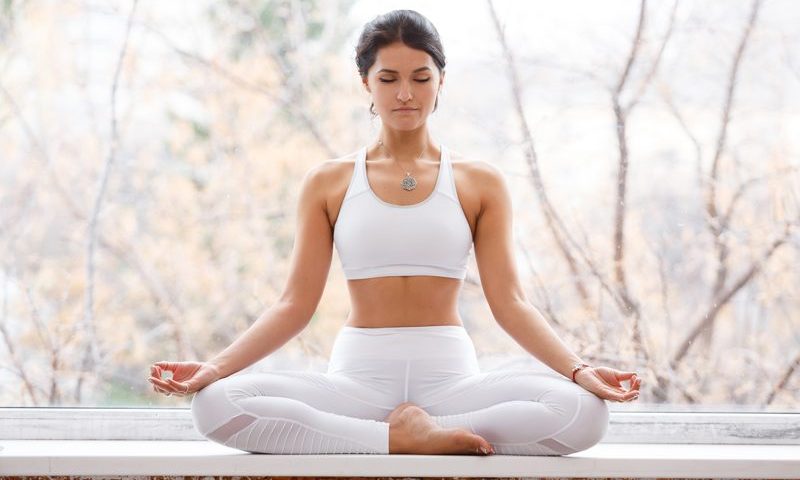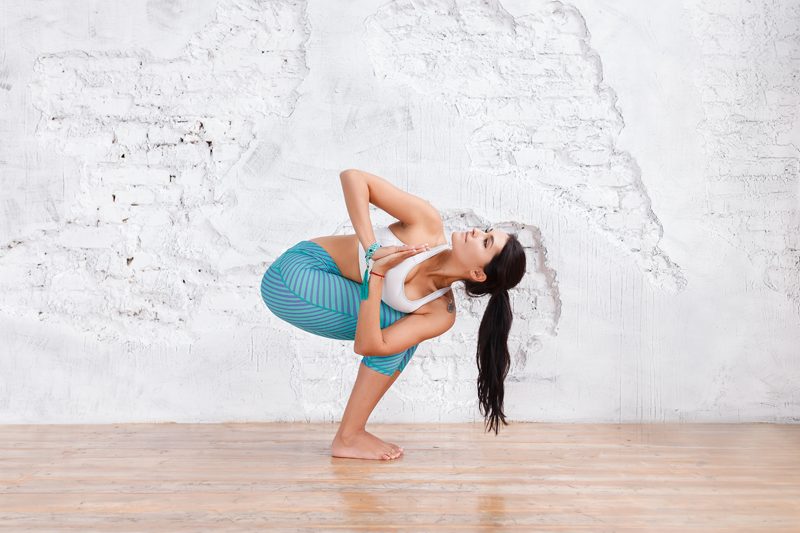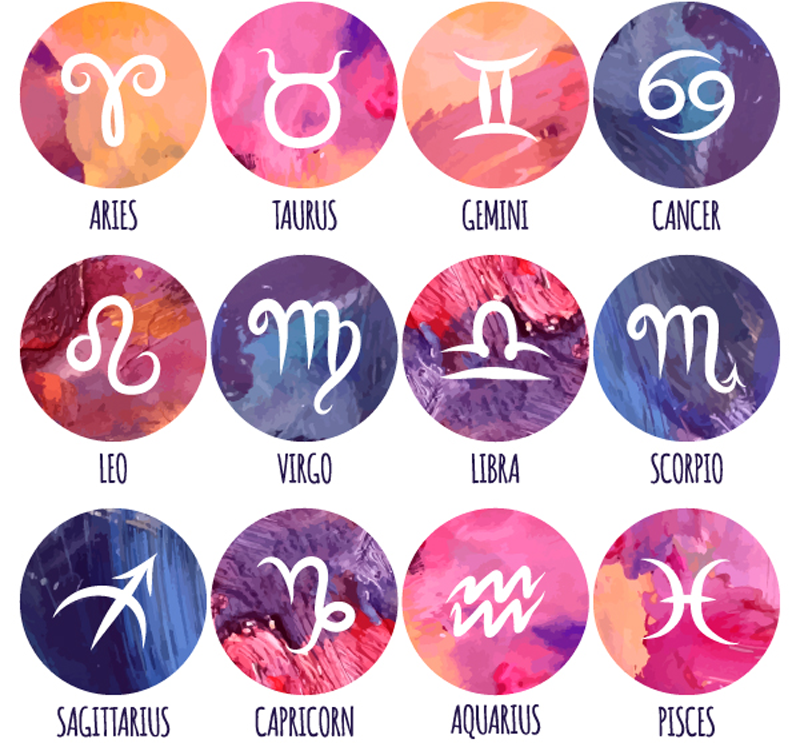
Yoga Workout Sequence
March 7, 2019
How to Prepare for Your First Yoga Class
March 21, 2019Starting a Daily Meditation Practice

There’s no doubt about it, meditating daily can truly change your life. Surprisingly, it’s one of the easiest habits to get into. As you can practice anywhere at any time, you can fit it in wherever your schedule allows. Whenever and wherever you choose to practice, you can reap the benefits immediately.
Some people assume that you need a teacher to meditate. However, this is not the case. Gone are the days where you need a Zen Center to meditate. With the power of the internet, you can teach yourself how to meditate from the comfort of your own home. To give yourself a head start, make a conscious effort to notice your breathing. Pay attention to each breath as it enters and exits your lungs. If you’re busy, even doing this for just two minutes will make a difference. In this article, we explore how to meditation in more detail and discuss the best way to keep up with daily meditation practice. Before getting started, make sure you’ve got a pair of comfortable yoga pants to wear whilst you meditate.
Why Meditate?
There are countless reasons to meditate, but below we explore some of the best.
- Meditation relieves stress and anxiety, helping you to relax.
- When you learn mindfulness, it can be used in day-to-day life.
- Meditation can help you to change habits, live in the present, and appreciate the simple joys in life.
- Meditation has numerous mental benefits including improved focus, memory, self-control, and academic performance.
- Research suggests that meditation can have physical health benefits including improved metabolism, blood pressure, and respiration.
How to Do it Daily
Commit to Just 2 Minutes Per Day
If you want the habit to stick, it’s important to start simply. Committing to just two minutes per day means that you’ve got no excuse to miss your practice. If you want to meditate for longer one day, that’s fine! Stay in the moment for as long as you like. As long as you’re only committing to two minutes, you’ll always achieve your goal.
Set a Time and Trigger
The next thing to do is set a time and trigger. You don’t need to choose an exact time, but deciding whether to practice in the morning, afternoon, or evening will help you to stay on track. The trigger should be something you do regularly; possible triggers include brushing your teeth, having lunch, or getting ready for bed. Whenever you do that activity, you’ll remember that it’s time to meditate. For best results, we advise picking a time and trigger where you won’t feel rushed. If your lunch break already goes too quickly, adding meditation into the mix won’t help anything. When your first learning, choose a time that you can relax and enjoy the experience.
Find a Quiet Space
It’s easier to meditate in a quiet space, particularly when you’re first learning. Minimizing external distractions is key to focussing the mind. Because of this, some people find early morning is best. Others prefer to find a quiet space outside of the house. If this appeals to you, you may enjoy meditating in your local park or on the beach if you’re lucky enough to live by the coast. Providing that you can sit for a few minutes without being bothered, your ‘quiet space’ can be anywhere you like.
Be Comfortable
To help you focus, sit comfortably before starting to meditate. If you’re sitting on the floor, place a pillow or blanket underneath you for support. Whenever possible, try to wear loose-fitting clothing so you’re not distracted by tight material. Some people find it helpful to lean against a wall; this can be particularly helpful if you suffer from bad posture or backache.

Focus on Your Breathing
The final thing to do is to focus on your breathing. As you inhale, feel the breath flow through your nostrils before moving into your throat, lungs, and stomach. For best results, sit up straight and gaze at the ground with a soft focus. If you prefer, you can close your eyes or focus on a stationary object. As you exhale, feel the air exit your body and flow back into the world.
Different Types of Meditation
Before starting your daily meditation practice, you’ll need to decide which style to try. At first, this can seem daunting. It’s important to remember that although there are many different techniques, they all have the same objective. Try not to get too hung up on choosing the right one at the start. If the first technique isn’t working for you, relax your mind and move onto the next. Below, we explore some of the most popular types of meditation.
Transcendental Meditation
Many people are familiar with Transcendental Meditation. Practicing this for just a few minutes each day can help to reduce anxiety and calm the nerves. To practice Transcendental Meditation, all you need to do is repeat a positive sound or mantra while sitting comfortably. The simplicity of this technique makes it popular amongst beginners.
Vipassana Meditation
Vipassana Meditation is one of the oldest techniques. Originating in India, the technique uses mindful breathing and contemplation techniques to relax the mind. Self-exploration is also encouraged to build a deeper connection between the body and the mind.
Zen Meditation
Zen Meditation is unique to Zen Buddhism and is best performed seated. There are a number of positions to choose from, so take time to find one you’re most comfortable with. One of the most popular positions is the Burmese, where you’re encouraged to sit cross-legged with your knees on the floor. Once you’re in a comfortable position, you can begin to focus on your breathing to clear the mind.
In Summary
Once you get into the habit, daily meditation practice will become second nature. For best results, take time to discover what works for you. If a certain technique doesn’t feel right, don’t be afraid to switch things up. Providing that you’re meditating in a quiet space and wearing comfortable clothing, it won’t be long before you get the hang of it. If you’re still struggling to focus, wearing some yoga jewelry can make all the difference.

